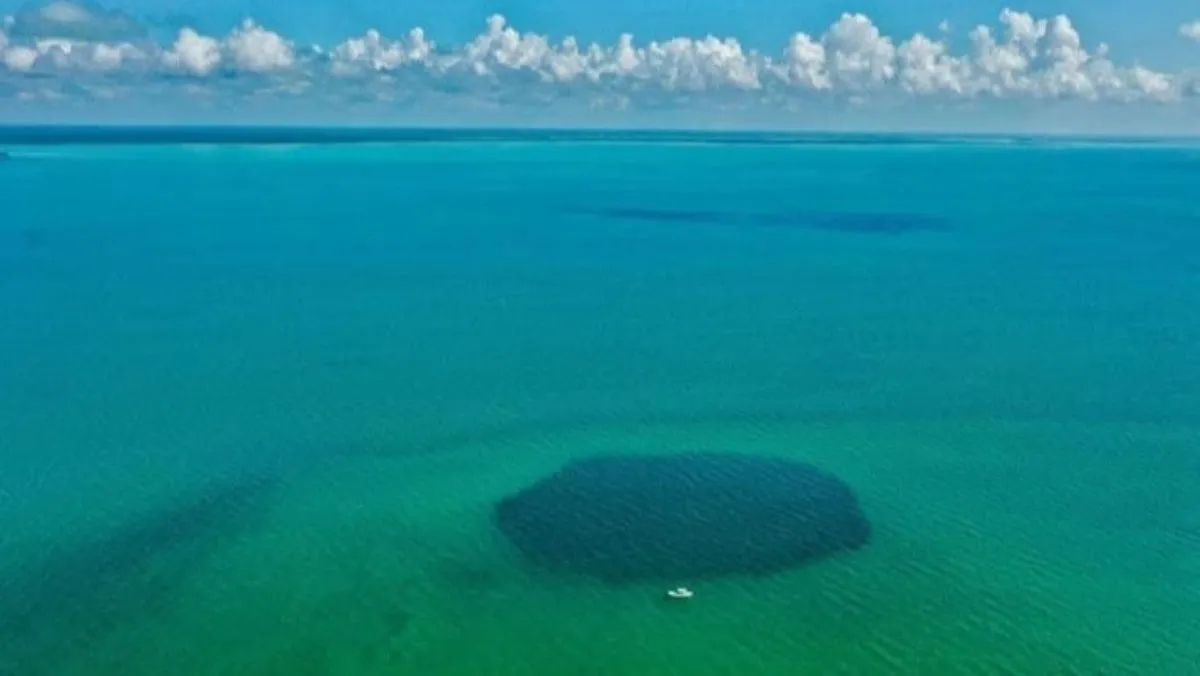Deepest blue hole in the world discovered, with hidden caves and tunnels believed to be inside | Live Science
Deepest blue hole in the world discovered, with hidden caves and tunnels believed to be inside | Live Science

Deepest blue hole in the world discovered, with hidden caves and tunnels believed to be inside

Mexico's Taam Ja' Blue Hole is the deepest known underwater sinkhole in the world, researchers have discovered — and they haven't even reached the bottom yet.
New measurements indicate the Taam Ja' Blue Hole (TJBH), which sits in Chetumal Bay off the southeast coast of the Yucatan Peninsula, extends at least 1,380 feet (420 meters) below sea level.
That's 480 feet (146 m) deeper than scientists initially documented when they first discovered the blue hole in 2021, and 390 feet (119 m) deeper than the previous record holder — the 990-foot-deep (301 m) Sansha Yongle Blue Hole, also known as the Dragon Hole, in the South China Sea.